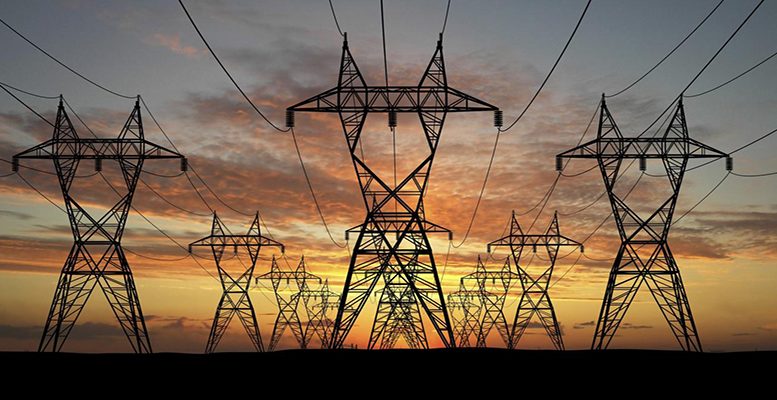ASE Group : The average daily price of the Spanish wholesale market (POOL) in June stood at 93.02 €/MWh. It is 25.35% higher than in May, but still 57.5% below the level of a year ago.
According to ASE Group analysts, this rise is explained by the shortage of wind power, which has given prominence to combined cycle plants with gas on the rise.
Gas-fired combined cycle plants produce 43.17% more and lead the mix
Wind power generation was unusually low this month. It was 25.05% lower than in May, 15.6% lower than in June last year and 6.72% below its five-year average.
In addition, the Spanish nuclear fleet has not been operating at full load due to the scheduled shutdown of the Ascó I (which was reinstated on 18 June) and Trillo plants (reconnected on 26 June).
As a result, the combined cycle gas plants (CCGTs) have played an important role this month. They have increased their activity by 43.17% and have led the energy mix with 20% of the total. As their raw material (gas) has risen by 6.1%, CCGTs have pushed up the price of electricity.
European electricity prices converge
The average electricity price of the large European economies (Spain, Germany, France, United Kingdom and Italy) stood at €96.51/MWh, 3.75% higher than in Spain (€93.02/MWh). If we look at the hourly breakdown, there has been a clear price collapse in the hours of solar radiation in Germany, Spain and France.
The improvement in French nuclear production has translated into an increase in exports to neighbouring countries, which has allowed prices to converge during off-peak hours.
In Spain, Germany and the Netherlands, solar generation accounted for just over 40% of the generation mix during the central hours of the day. As a result, they have reduced their need for French electricity imports and even, at times, exported to France.
For its part, solar generation accounted for barely 15% of the French mix, but its prices plummeted during solar hours because it had more nuclear surplus and was in competition with Spanish, German and Dutch solar production.
Heat waves in Europe, the decline in wind power production, the extension of the Norwegian grid maintenance until mid-July and the unconfirmed news that the Dutch government planned to close the Groningen field definitively in 2023, pushed the price of gas up by 30% on 15 June. On that day the TTF month ahead (TTF M+1) product reached a price of 41.15 €/MW.
Although the gas price has corrected part of this rise during the second fortnight, its behaviour has been highly volatile, reminiscent of the intraday market of the frenetic months of 2022. Thus, the TTF M+1 closed June with a price of 34.2 €/MWh and a rise of 27.35% compared to its position at the end of May.
After more than six months of sharp declines in gas prices, supported by weak demand due to an oversupply of liquefied natural gas (LNG), volatility has returned and is explained by a combination of sudden supply restrictions in Europe.
The good state of European storage facilities, which at the end of June were at 77% of their capacity (16 points above their level a year ago) has “softened” the rise in prices in the face of the significant reduction in gas imports.





